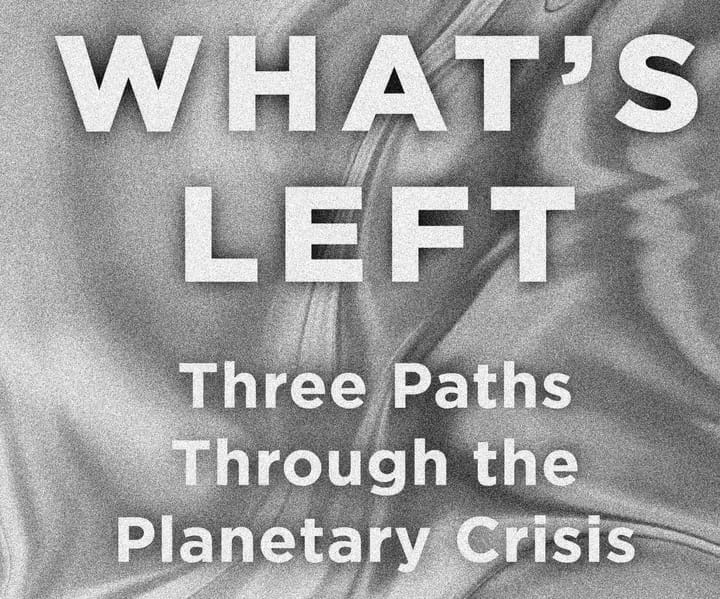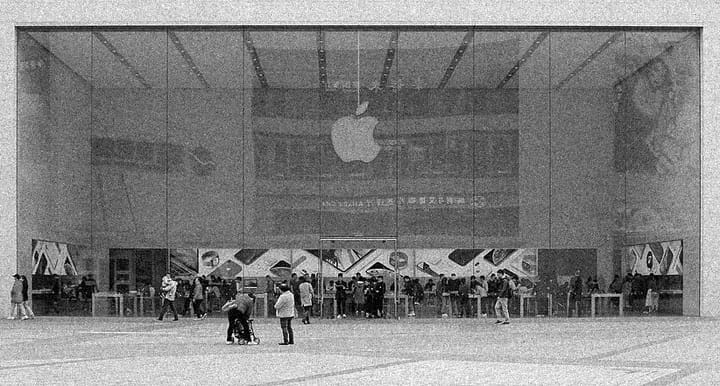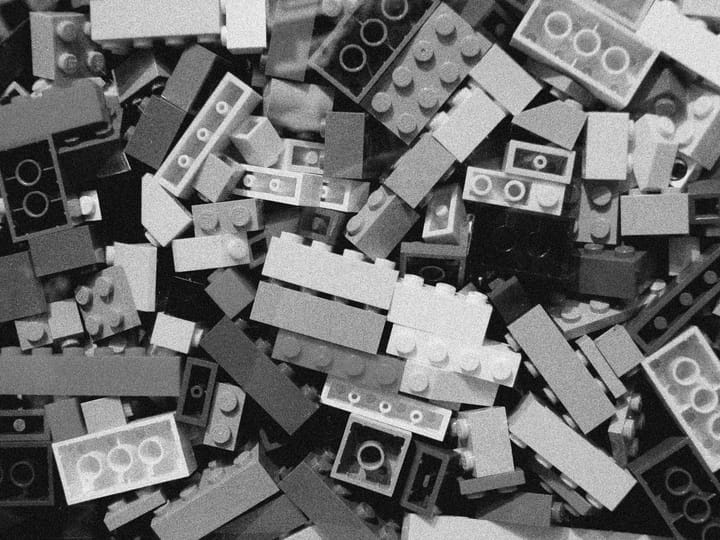What’s In Our First Print Issue
The opening editorial of our first print issue, “Building Big Things.”

Below is the opening editorial of our first print issue, “Building Big Things,” which will be out later this summer. Make sure you get a copy by subscribing here.
This inaugural print issue of Damage is about building big things. Our belief is that a Left that does not imagine and aim at building big things—structures, infrastructure, organizations, capacities—is not just a misguided one but also a pernicious one. Historically the Left has promised “more” and “better,” but today, whether out of an awareness of worsening climate change or the intransigence of our current political structures, many have retreated from grand designs and settled on managing expectations or worse. A Left that limits itself to the local, takes the coordinates of the present service economy as a given, or calls for a “degrowth” that’s easily mistaken for deeper deindustrialization is not just a politically impotent Left; it’s also a deeply annoying one, and a subcultural phenomenon that is an active impediment to mass politics.
It’s time to dream big again. But why then are our aspirations so low? In the opening article, “Brick Red,” Amber A’Lee Frost catalogs the various ways in which the Left has accommodated itself to the desolation and despair of the present, and why it seems to have lost interest in building big things. Dustin Guastella then lays out the case for why manufacturing is special in “Build Stuff and Make Things.” We need massive federal investment in infrastructural projects to create millions of jobs in the blighted pockets of deindustrialized America. Manufacturing still matters—don’t let anyone tell you otherwise.
Sam Kriss and Kevin Zhang discuss perhaps the two most ready-to-hand referrents for big infrastructure projects today: megastructures in Saudi Arabia and China’s Belt and Road Initiative. In “A Great Satan in this Grave,” Kriss finds Saudi projects like the Line, while absurd, locally devastating, and seeming physical impossibilities, to be keeping the modernist ethos alive. Zhang meanwhile lays out why the CCP is “Half-Assing the Belt & Road” Initiative. Plagued by corruption, labor violations, and debt unsustainability, the BRI has been a far cry from what Xi Jinping promised would be “the project of the century.”
Christie Offenbacher and Ben Fife then dip into the obvious undertone of our issue’s theme. Whence the contemporary obsession with big, hard dicks? We have become, they argue, a “Size Queen Nation” only lately, and in response to the political economic shifts of the neoliberal period. Finally, Anton Jäger closes out the issue with “The Utopia We Deserve.” The specific political and social conditions of the early to mid-twentieth century made possible an “anti-utopian utopianism,” one that prioritized building a concretely better world for masses of people. Today those conditions have unraveled, essentially deregulating the utopian impulse.
In between these feature articles we have placed a series of “Then” and “Now” vignettes. The former, historical examples of ambitious world-building, are meant to resituate and inspire; the latter to point some way forward, if only by outlining the impasse. Kay Rippelmeyer-Tippy writes of what it meant to be in the Civilian Conservation Corps; Ted Boettner and Megan Milliken Biven of the need for a similar program to clean up the United States’ oil and gas infrastructure blight. Matt Huber and Fred Stafford develop their ideas about “big public power,” with respect both to the harnessing of water power by the Tennessee Valley Authority and the needed harnessing of the atom today. Taylor Hines describes the enlightened administration of FDR’s Secretary of the Interior, Harold Ickes, and Yakov Feygin urges the development of new administrative tools for the present moment. George Hoare tells the story of the delayed hospital building of the UK’s National Health Service and of the NHS’s contradictory position in the British imaginary today. Finally, Chris Crawford explains the continuing importance of a Works Progress Administration masterpiece, Dealey Plaza, and Christian Parenti gives an update on his long-advocated “Big Green Buy.”
We once built big things. We can do it again.
Finally, for those of you unfamiliar with Damage, we’ve been around since 2018 as an online publication. We are on “the Left”—provided you’re talking about a political tradition and not the contemporary formation occupying the space where an effective Left ought to be. We think of the present moment as severely damaged and in need of wide-ranging assessment. In such moments of chaos and confusion, wild flights from reality are to be expected. Sometimes this takes the form of crude stereotypy; sometimes of new cruelties or pathologies. While trying to sort through the wreckage and make sense of these new oddities, we also hope for glimpses of something else. There’s a whole world of possible thought out there, and we at Damage aim to seek it out.
And if you want to make a bigger donation to help get this project off the ground (any donations over $20 get you the first issue):
■
Benjamin Y. Fong is the author of Quick Fixes: Drugs in America from Prohibition to the 21st Century Binge, out with Verso Books in July 2023.



